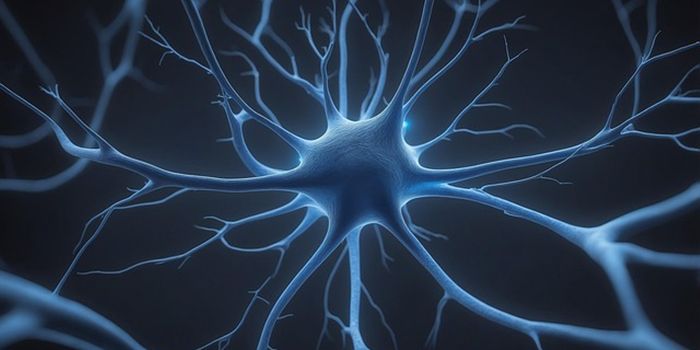Memory Deficits in Schizophrenia: It's All About the Neurons
One of the most important functions of the brain is to get us around our environment. It powers the muscles, processes what we see and hear and remembers where important places are and how to navigate to and from them. Patients who have been diagnosed with schizophrenia, often have memory deficits in the area of spatial navigation. Being unable to get around to daily activities can make the burden of a mental illness even heavier.
Research the Zuckerman Institute at Columbia, using a mouse model has shown, in real time the activity of individual brain cells in those with the disorder and how it impacts behavior. Since the memory problems in navigation are so debilitating for patients with schizophrenia and so resistant to treatment, getting a handle on what causes the disruption is crucial in moving forward to better therapies for schizophrenic patients.
Joseph Gogos, MD, Ph.D., a principal investigator at Columbia's Mortimer B. Zuckerman Mind Brain Behavior Institute and the paper's co-senior author explained, "An almost intractably complex disorder, schizophrenia is nearly impossible to fully treat — in large part because it acts as two disorders in one. On one hand, you have paranoia, hallucinations, and delusions; while on the other you have severe memory deficits. Antipsychotic drugs, which treat the first class of symptoms, are entirely ineffective when dealing with the second. The reasons for this are simple: we do not yet understand what happens in the brains of schizophrenia patients."
Most research on schizophrenia has focused on the hallucinations and delusions most patients experience. Memory issues have been pushed to the back burner in favor of finding a way to relieve the primary symptoms that can be devastating to sufferers and their caregivers. The recent research by Dr. Gogos and his colleague Dr. Attila Losonczy, MD, Ph.D. looked at the episodic memory dysfunction in a region of the brain called CA1, located in the hippocampus. CA1 is where place cells are, and it's these cells that form a virtual map in the brain of our daily surroundings.
In the study, the team was able to use sophisticated molecular imaging with a two photon microscope to observe the activity of place cells in mice that had been genetically modified to behave in a way similar to a person with schizophrenia. They compared the cell activity in the brains of the genetically altered mice, with that in the brains of healthy mice. The differences were significant. The healthy mice learned their way around quickly, and when their environments were changed, they adapted easily. The genetically altered mice struggled day to day to remember how to navigate.
Dr. Losonczy described the place cell activity, stating, "When the healthy mice approached something familiar, such as water, their place cells fired with increasing intensity, and then quieted down as the animals moved away. And when we moved the location of the water and gave the animals a chance to relearn where it was, the activity of their place cells reflected the new location." The microscope was able to observe both groups of mice simultaneously, and the place cells in the genetically altered mice did not react the same way. They didn't fire with the same intensity, and they were not able to adapt and lead the mice to the new location of the water.
The findings are published in the journal Nature Neuroscience. Researchers at Columbia know that understanding this exact mechanism is key to finding new treatments for the memory deficits that go along with schizophrenia. The team hopes to expand the research into possible human trials now that the two photon technology can be used to observe cell activity. Take a look at the video below to see place cells live in action.
Sources: Zuckerman Institute, Nature Neuroscience, Deccan Chronicle









